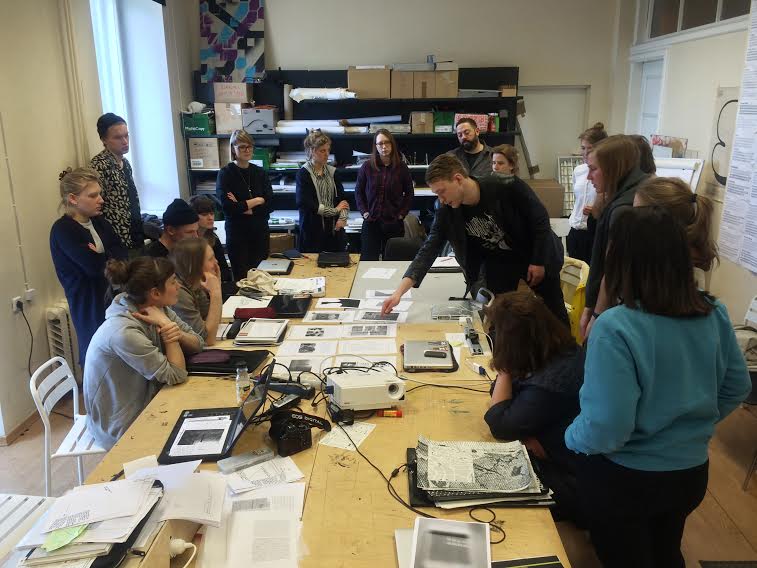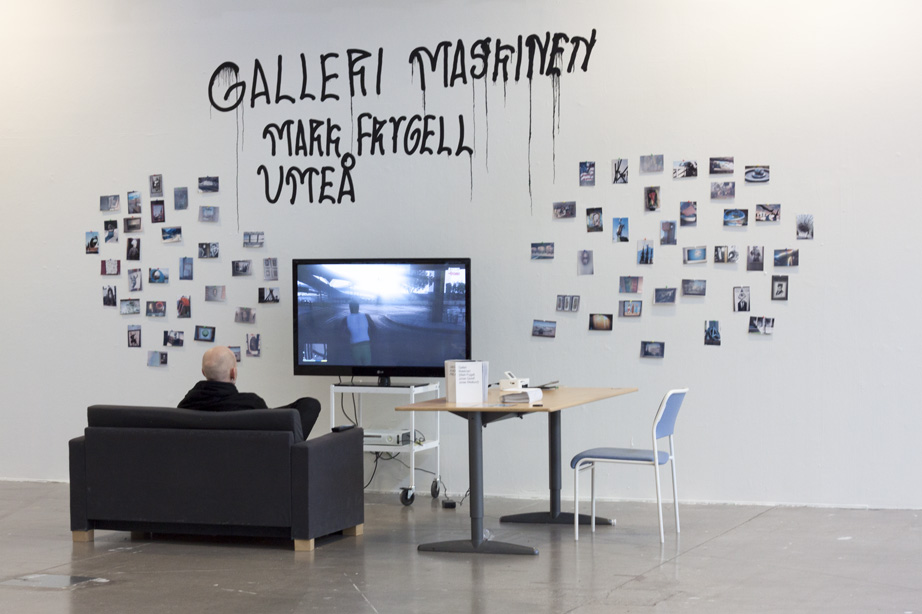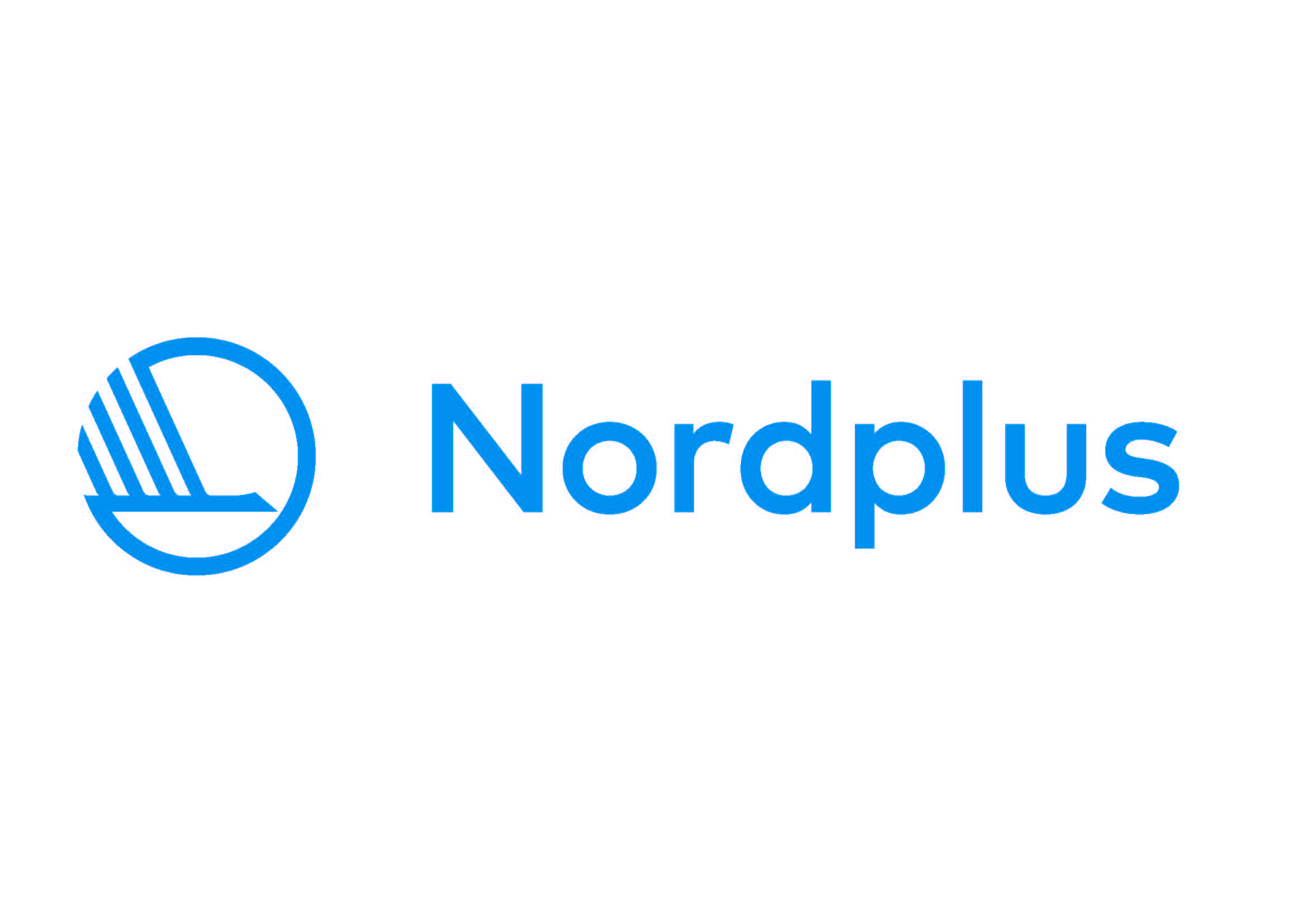Intensive Courses & Projects
KUNO members are encouraged to plan and propose intensive courses in collaboration with other KUNO member academies. Courses may take place during term time or in the summer by way of short courses, symposiums, master classes or workshops. Intensive courses must include teachers and students from at least three different countries. The course must give ECTS points and be recognised as part of the students' degree.
BORDER AS A PLACE 2022: workshop at Mizarai Practice and Recreation Centre in Lithuania
Mizarai Practice and Recreation Centre, Lithuania
Border as a place is a workshop which focuses on borderlands and peripheries as manifest in built, natural, political and imagined spaces. The workshop will take place at Mizarai Practice and Recreation Centre in Lithuania, a residency belonging to the Vilnius Academy of Arts, close to the borders with Poland and Belarus. The week long workshop will bring students from across the KUNO network together where they will work in groups and individually, exploring topics that emerge from questions of what borders are and how they manifest in political realities, cultural history and in a variety of physical and intangible ways in spaces, bodies and narratives. The workshop will revolve around joint seminars, excursions and discussions with the possibility of realizing a process-focused exhibition at the end of the workshop. Students will be asked to present their work at the beginning of the workshop.
The workshop is funded under the Nordplus/KUNO framework.
Level: Bachelor&Master
Participating countries: Estonia, Iceland, Lithuania, Norway
Number of students: 25
Number of teachers: 6
Number of ECTS: 3
Duration in days: 7
Workshop dates: 14-20 March 2022 (7 days)
Eligible students:
5 fine art (and related fields) students from BA and MA levels at each of the following institutions:
VAA, Vilnius
EKA, Tallinn
KHiO, Oslo
IUA, Reykjavik
Additionally, 5 slots will be open across the KUNO network.
How to apply: please submit an online application. The application must include a link to your portfolio and a short (max 400 words) letter of intention answering the question - Why is this workshop´s theme and context relevant to your work or process?
Application deadline: 04.02.2022
BORDER AS A PLACE: NARVA KREENHOLM WORKSHOP
Intensive course initiated by Estonian Academy of Arts in collaboration with Tromsø Academy of Contemporary Art and Creative Writing, and Iceland University of the Arts.
For a week in August 2019 students from Iceland, Norway and Estonia participated in the KUNO intensive course “Border as a Place” at the EAA Narva Art Residency.
Students were introduced to the many-faceted character of Narva, The European Union’s easternmost town, through a guided tour through the city, a boat trip on the Narva river (a geographical border between Russia and Estonia), a visit to the Narva Art Museum, and explored the city on their own.
The workshop focused on Narva’s Kreenholm, a 200 000 square meter textile factory — once Narva’s biggest employer, now a defunct, hulking mass of red brick and concrete waiting to be reinvented. This sense of a prosperous past and the need to transition to a new identity — a border situation of a kind in itself — characterises Narva as a whole as well as Kreenholm.
Participants made the Estonian Art Academy’s Narva Art Residency (https://www.nart.ee/en/) their base. Here they had their daily meals, discussed their work and life in general and watched border-thematic movies in the evening. Students were divided into groups of five, each of whom was assigned a teacher to provide feedback.
The emphasis of the course was on forming an artistic relationship with the site, which the students did, each bringing their respective histories and practices to the table. The workshop ended with all participants moving from one work to another, discussing and providing feedback. It was agreed with the owners of the factory that most of the works could stay in their respective locations, becoming part of the sense and history of the place.
TALLINN NOIR - February 2017
Intensive course initiated by Estonian Academy of Arts in collaboration with Valand Academy, Vilnius Academy of Art and Design and Oslo National Academy of the Arts.
Description:
The objective of the course is to put the methods and ideas in common, on a non-linear narrative and visual storytelling with audio-visual means in Baltic-Nordic region.
What is the situation of audiovisual storytelling in art schools today? How can we do it differently, not in a competing but in a complementing way, as in the film schools in the Baltic-Nordic region?
The method of ‘the noir’ and especially the Tallinn Noir will help us to explore and approach the matter and subjects of the contemporary society in the Nordic-Baltic region. We will develop ‘the noir’ through the link to the reality, tactics of situations and everyday practices. During the course we go through the aspects of storytelling, characterization, locale and setting, again using the existent ‘street environment’ in dialogue with the urgent and relevant matters from the contemporary visual culture.
the civic imaginary - spring 2016
Intensive course / series of three one-weeks courses initiated by Bergen Academy of Art and Design in collaboration with Funen Art Academy and Estonian Academy of Arts.
Description:
Questions of public life, direct governance, and shared resources have become increasingly relevant in recent years, enabling and also requiring a deeper engagement with co-operative activities and projects. From re-communalization housing projects in Berlin to free academies in Athens, these expressions may be appreciated as part of a new spirit of cultural activism that attempt to revitalize a civic imagination. How do such contemporary developments relate to art today? Is there a new sense for artistic work that equally aims for co-operative and shared activity, as well as forms of resistance and imagination?
The course aims to focus on these issues, and to nurture greater engagement with public life as an artistic possibility. This will include a number of activities: shared readings and sited discussions on current issues; experiments in self-organization, urban performance, and social mapping; and the production of co-operative public work. This will also include reflecting upon the relationship between art, labor, and economy, and how artistic processes can contribute vital input into countering today’s politics of crisis. The course is organized as a series of three one-week sessions to take place at the academies in Bergen, Tallinn, and Odense.
Art future / future signs exhibition at Latvia art academy in riga - october 2015
Art Future/Future Signs is an exhibition platform representing 17 Nordic/Baltic KUNO fine art academies. The aim of the platform is to propose, show, exchange and interact with the vision of the future. The exhibition took place at Latvia Art Academy during the event of KUNO meeting and teacher seminar.
The participating artists posed the question of what the future of art might be; what the position of the artist is in the community today; and how the rapid development of technologies are influencing the artistic processes in parallel with influencing and changing human behavior and reactions to the surroundings. The role of the artist in society was the main focus at the exhibition. The divisions of labor in the art field today are directly influencing the tendencies of art in future.
The Future is never a secure place to step into!
“Art Future/Future Signs” presented works in a traditional gallery space (installations, video, texts, objects) and live action and performance works, which were scheduled during the opening of the exhibition. The mini biennial “Art Future/Future Signs” is part of the Centenary project of Art Academy of Latvia – “Future Signs”.
The project was organised at the initiative of the KUNO network, Art Academy of Latvia and with curatorial group: Esben Holk/DK, Ferdinand Evaldsson/SE/, Ona Juciute/LT/, Linda Teikmane/LV/, Marija Griniuk/LT/DK/, Arja Horn/NO/, Viktorija Peleckaite/LT/ and was part of the annual KUNO Network meeting 2015.
Participating artists: Anete Bajare/LV/, Carola Bjork/SE/, Gabriel Karlsson/SE/, Jonas Kjeldgaard Sorensen/DK/, Siri Frances/NO/, Talivaldis Muzikants/LV/, Vicc Repasi/SE/, Wendimagegn Belete/NO/, Eva Junga /LV/, Robel Temesgen/NO/, Vygintas Orlovas /LT/.
The project was supported by State Culture Capital Foundation (SCCF) in Latvia and KUNO network.
work it out - october 2014
Intensive course initiated by Finnish Academy of Fine Art in Helsinki. Open to all member academies of the KUNO network.
Description:
Work It Out is a five-day workshop event taking place in a variety of spaces at Helsinki. Work It Out is a collective forum for discussing, working on and testing out the performing and exhibiting practices in contemporary arts. It aims to combine practice and theory and produce knowledge on how artworks communicate in a shared space and who/what defines their meaning. We invite students coming from visual, performing and curatorial studies to take part in the workshop with their own artwork, act or perception of presenting art.
The workshop is a laboratory in which the participants can experiment with different ways of setting the artworks in the space. There will be daily lectures and talks on issues such as exhibiting and performing practices, the position of arts in society and the different roles of artist, curator and producer. In addition to the art students, different practitioners from the field of contemporary arts and around it such as artists, curators and choreographers will be invited to participate in the discussion. We are particularly interested in how the collective experiments on the interfaces of different contemporary art practices could lead into new spaces, meanings and contexts as we continue to work out the relationships between political and aesthetic.
make your own press- Feb to april 2014
A collaborative KUNO network intensive course project offered by the Bergen Academy of Art and Design, Jutland Art Academy, and Estonian Academy of Arts.
The project concentrates on the history and publishing of artist’s books and on the critical study of the present day issues in art publishing.
Description:
The first part of MAKE YOUR OWN PRESS took place in Bergen, Norway, (03.–14.02.14) with students and teachers from the Bergen Academy of Art and Design, Jutland Art Academy, and Estonian Academy of Arts. The project concentrates on the history and publishing of artist’s books and on the critical study of present day issues in art publishing.
The second part of the course took place in Tallinn and ended with a public seminar and the launch of a publication on contemporary art book publishing at KUMU art museum on the 4th of April, 12:00–16:00.
KUNO Summer School in Venice 2013
Center for Contemporary Arts, Estonia (CCA) together with KUNO network organizes a summer school, KUNO Nordic-Baltic Art School in VENICE introducing the networks of power of contemporary art world in collaboration with Nordic and Baltic countries. This is the pilot project approved by KUNO steering group which should become a new tradition including art students in Venice Biennale.
28 May - 4 June, 2013.
Description:
The aim of this summer school is to provide international internship facilities for Nordic and Baltic countries’ art students, i.e. fine art, applied art, art management, curatorial studies, art theory and other art-related subjects students. Primarily, the students will find out about the power structures of contemporary art world by being in Venice during the opening week of Venice Biennale. In addition, they will gain many crucial international contacts and will have a working experience in the art field by socializing with brilliant figures of the art world in the seminars, panel discussions, lectures and private views of the Venice Biennale pavilions. The School would last for one week in Venice filled with lectures and guided tours in participating pavilions. On top of that, this education will help the students to understand their own future perspectives better, while improving the conditions of international collaborations among Baltic and Nordic students and lectors of the School.
Estonia will provide the Nordic-Baltic Art School with lectures by the team of Estonian pavilion Evident in Advance, i.e. curator Adam Budak, artist Dénes Farkas, architect Markus Miessen andMaria-Kristiina Soomre, Counsellor of Estonian Ministry of Culture and a PhD candidate who is researching Estonian art history of Venice Biennale during the Soviet era. We will organise similar inputs from other participating KUNO schools. There are also negotiations with IUAV professor Angela Vettese about organizing lectures by IUAV Venice Biennale research group for the Nordic-Baltic Art School. Hence, the School has an especially strong emphasis on having art students meet the very best art professionals talking about their everyday working practices, while it also improves possible future co-operation among all the participants, i.e. future artists and curators and current Venice Biennale artists.
lost in space - kuno 20 exhibitiON at konstfack stockholm - october 2013
In October 2013 KUNO celebrated its 20th anniversary. Every year the network organizes a teachers seminar which welcomes faculty members from the KUNO academies and other institutions to face crucial questions in teaching art. The 2013 jubilant seminar took place at Konstfack University College of Arts, Crafts and Design in Stockholm. Along with the seminar a student works exhibition Lost in Space was held at Vita Havet, the main gallery of Konstfack.
The exhibition dealt with art academies’ galleries and was curated by Gregor Taul, curator of the EKA G gallery at the Estonian Academy of Arts. Taul was invited to curate this exhibition by KUNO steering group in January 2013 upon presenting his project idea of creating a platform for discussing the role of exhibitions within the art academies.
Lost in Space was inspired by an enquiry about art academies’ galleries in Europe. One would think of these galleries as an integral part of art education, but what do they actually stand for? As a matter of fact they form a chaotic sphere of white cubes, project spaces, foyers, corridors, garages and further “other spaces” run in completely different ways, whether by faculty members, students, curators, gallerists, technicians etc. Although contemporary art has lately experienced excessive research about its educational aspects, student galleries have been strangely over-looked in the academic field. Lost in Space aimes to fill this space.
The exhibition focused on students for whom a critical take on any given concept formed an elemental trigger point for action as an artist. Lost in Space was about artworks posing fundamental questions on art education and the credibility of the art academy as such. However, the curator kept in mind the two-fold perspective of tradition: next to dismantling one will always find constructive arrangement of ideas.
Bearing in mind that Lost in Space was a collaborative analysis of exhibition spaces, a week-long workshop accompanied the show. During these seven days the participants formed an informal roundtable for discussing various aspects relating to the art academies’ galleries and their relation to the art world.
A plentiful catalogue functioning as an exhibition guide supplemented the exhibition. Along the forewords by the curator and Riikka Stewen, The Professor of Art History and Art Theory at Finnish Academy of Fine Arts, each of the participants contributed with either interviews, statements, fiction or manifests about their intents within the exhibition. The catalogue has been edited and designed as an independent magazine which will expectantly lead its afterlife around the independent bookstores in Europe.










